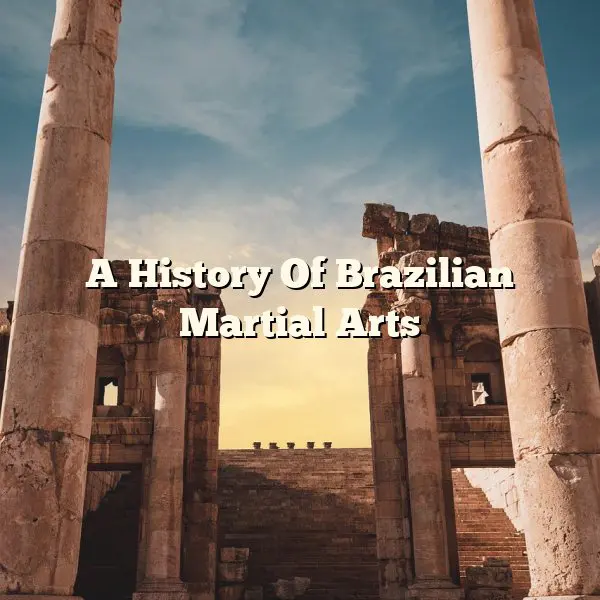While many forms of martial arts training are valuable parts of an MMA fighter’s game plan, Brazilian Jiu-Jitsu is often considered one the top skills needed in order to become a truly excellent competitive fighter. It might seem like a modern addition to the martial arts world, but its roots actually can be traced back several centuries.
Jiu-Jitsu is a combat sport that originated as part of Kodokan judo in Japan. Jiu-Jitsu involves grappling and ground fighting, which is why it is such a key part of MMA. It emphasizes the idea that smaller fighters, using key techniques such as chokeholds and joint-locks, can successfully best a larger opponent.
Mitsuyo Maeda, a renowned Kodokan judo master, was the first to introduce the sport in Brazil, where it quickly became popular. Maeda had been showcasing his skills on a world tour, and one of his main stops was in Brazil. During a 1916 exhibition, Carlos Grace was in attendance and was so impressed by the display, he asked to become a student of Maeda.
After training with Maeda, Carlos Gracie teamed with his brothers to open a martial arts academy that emphasized Jiu-Jitsu techniques. The Gracie academy opened in 1925, and the brothers began training dozens of willing students. The Gracies also held competitions, inviting fighters of any fighting style to come and challenge the Gracie fighters. In nearly every no-holds barred bout, the Gracie fighters easily beat their opponents. The advantages of learning of Jiu-Jitsu became clear very quickly, and the sport grew exponentially throughout Brazil.
The youngest Gracie brother, Helio, had a huge impact on the martial art’s development. Because Helio was physically weak, Carlos Gracie wanted to protect him from injury and did not allow him to fight at the Gracie school. However, Helio was a keen observer and watched his brothers teach classes and train fighters. Through his observations, he began privately building his Jiu-Jitsu skills and eventually began taking on his older brothers in fights. It was soon obvious that he was highly skilled and had improved upon and enhanced the lessons already taught by his brothers. He became both an instructor and a Brazilian Jiu-Jitsu competitor. In addition to the Gracies, there are other fighters and families that have had a huge impact on the development of the art, including Oswaldo Fadda, the Machado Family and Luis Franca.
It seems only fitting that a member of the Gracie family would bring Brazilian Jiu-Jitsu into the eye of the American public. Royce Gracie quickly showed Americans the advantage of learning Brazilian Jiu-Jitsu when he easily won the first two Ultimate Fighting Championships. He also won UFC 4, and after that, hundreds of Brazilian Jiu-Jitsu studios, emphasizing the Gracie techniques, opened throughout the country.
Rod Bourgoine likes blogging about mixed martial arts benefits. To get additional details about jiu jitsu San Diego or to find local jiu jitsu classes, please visit The Arena MMA site today.



